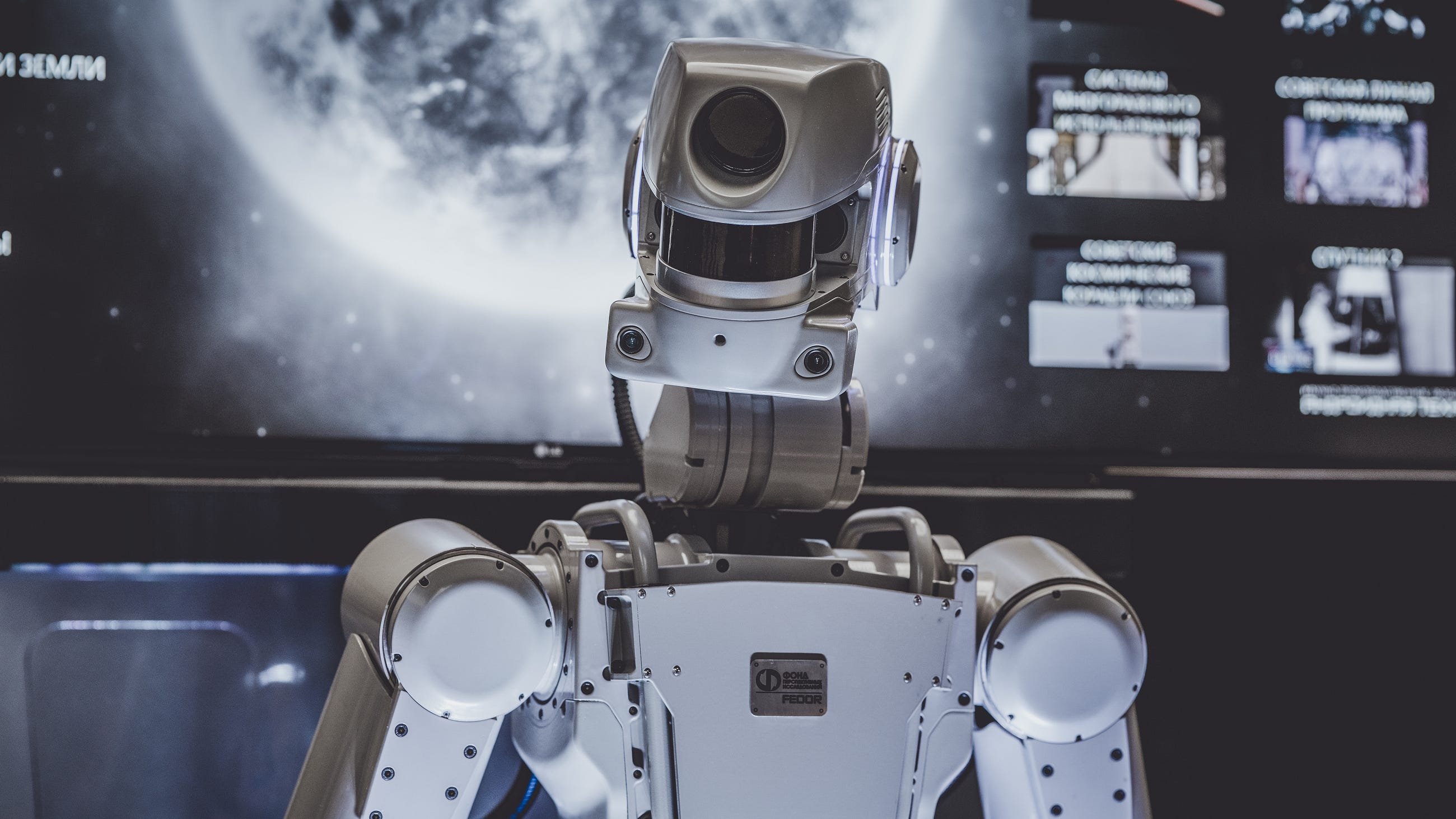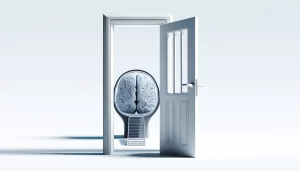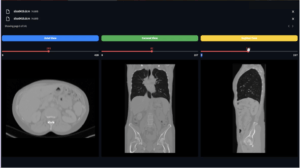The Complete Guide to Machine Learning and How it Disrupts the World of Intensive Data Analysis

Abstract
Machine learning is a branch of artificial intelligence that gives computers the ability to learn without being explicitly programmed.
This has led to a revolution in how data can be analyzed for insights. The combination of machine learning with other technologies like Hadoop, Spark, and R, has allowed businesses to work on larger data sets that are not possible on traditional computing platforms.
Machine Learning is used in many industries including healthcare, finance, marketing, retail, and more. It can be applied in analyzing customer behavior or understanding patterns in data generated by sensors or devices.
Introduction: What is machine learning?
Machine learning is a subset of artificial intelligence. Machine learning has been around for a while, but it’s recently made some huge leaps in accuracy and efficiency.
Machine learning works by using algorithms to gather data and then identifies patterns in the data that lead to predictions. It does this by analyzing vast amounts of data to find similarities and trends between them.
There are various types of machine-learning models: supervised, unsupervised, and semi-supervised. Supervised models will teach the computer by giving it examples of what we want it to learn and these can be classified as either regression or classification problems. Unsupervised models will find hidden patterns in the data without requiring any training examples, these are often used for clustering tasks such as grouping customers into segments based on their preferences or demographics.
How completely random processes are used in ML to create models
When it comes to machine learning, the process of modeling is always a guessing game.
In regression analysis, we predict a target variable from one or more predictor variables. In black-box modeling, however, the modeler does not know how the model is derived.
In neural networks (deep learning), data is fed into a series of nodes, and connections between nodes are weighted with different values. The weights change dynamically based on how well the network learns from previous iterations.
The randomness in machine learning models has been debated for decades by statisticians and computer scientists alike. While there are some who believe that complete random processes should never be considered in making predictions for future events, others disagree with this sentiment and believe that there is no other way for computers to learn without some level of randomness in their decision-making process.
How ML algorithms are trained with data sets to get better with every inputted data set
The algorithm is able to get better with every inputted data set because the data sets are used to train the algorithm to recognize any patterns that are present in the data sets.
Let’s look at the following example. A model is trained to recognize dogs in images. The data set consists of images of animals, with different types of animals labeled as dogs or not.
The model gets better at recognizing dogs when it inputs new images to the data set or uses new inputs to improve its training process.
The trained ML algorithm is called a black box because it does not specify what was used to train the model and how it works inside.
Approaches to using ML in different industries for an enhanced outcome
One of the most important features of ML is its capability to make sense out of data. ML can be used for customer segmentation by extracting patterns from raw data. It is also useful in reducing operational costs by automating tasks that are repetitive and tactical in nature.
The business intelligence solution enables companies to execute high-level strategic decisions with the help of ML. The custom near real-time data analytics solution provides a flexible approach to business intelligence by focusing on the streamlining and automation of processes.



